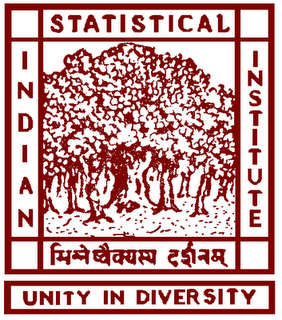Speakers & Lecture Titles
B.S. Daya Sagar
Processing of remotely sensed data in both spatial and frequency domains has received wide attention. The application of remote sensing in various fields is greatly realized in the last three decades. One of the data derivable from remotely sensed data is a Digital Elevation Model (DEM) that provides rich clues about physiographic constitution of Earth planet, and Earth-like planetary surfaces. Remotely sensed data are available for various phenomena related to terrestrial, lunar, planetary surfaces, and atmospheric phenomena such as clouds in spatiotemporal mode. To address the intertwined topics—like pattern retrieval, pattern analysis, spatial reasoning, and simulation and modeling for understanding spatiotemporal behaviors of several of terrestrial phenomena and processes that could be acquired through remote sensing mechanisms—various original algorithms and modeling techniques that are mainly based on mathematical morphology (Matheron 1975, Serra 1982), fractal geometry (Mandelbrot 1982), and chaos theory (May 1976) have been developed and their utility has been demonstrated. During this workshop, a series of lectures on theory and applications of mathematical morphology and scaling concepts in addressing those mentioned intertwined topics. The key links that were shown between those topics–would be highlighted in a set of SEVEN lectures.
Sl.No. |
TOPIC |
01 |
Introduction to Mathematical Morphology |
02 |
Mathematical Morphology in Terrestrial Pattern Retrieval |
03 |
Mathematical Morphology in Terrestrial Pattern Analysis
|
04 |
Mathematical Morphology in Geomorphologic Modelling and Simulation
|
05 |
Mathematical Morphology in Quantitative Spatial Reasoning and Visualization |
06 |
Mathematical Morphology in Spatial Interpolations
|
07 |
Quantitative Characterization of Complex Porous Phase via Mathematical Morphology and Fractal Geometry |
Saroj Kumar Meher
Lectures schedule
Sl.No. |
TOPIC |
01 |
Pattern Recognition:
|
02 |
Intelligent method of PR: Fuzzy Logic and Applications:
|
03 |
Intelligent method of PR: Neural Networks and applications:
|
04 |
Granular computing based pattern recognition:
|


